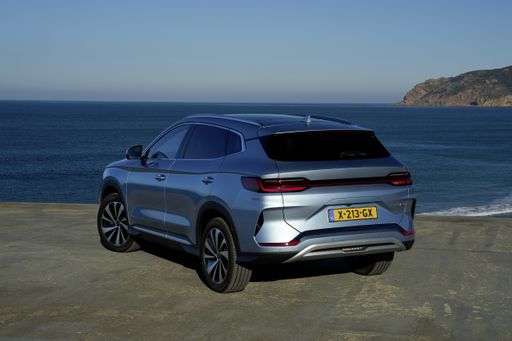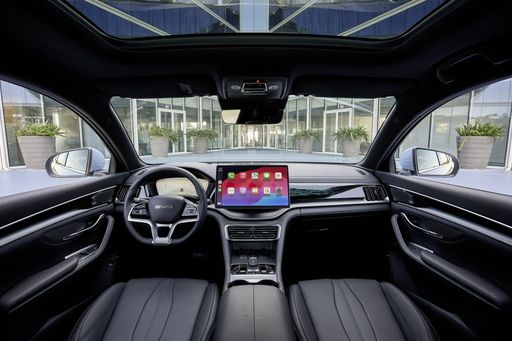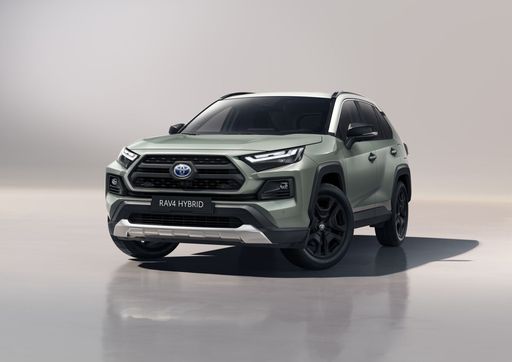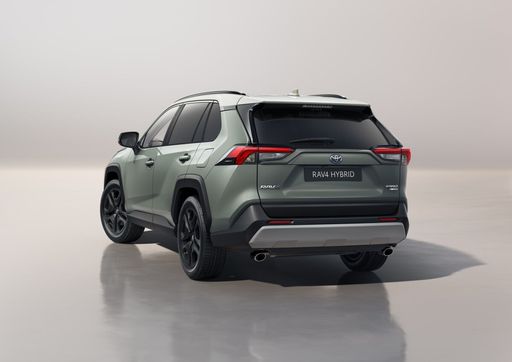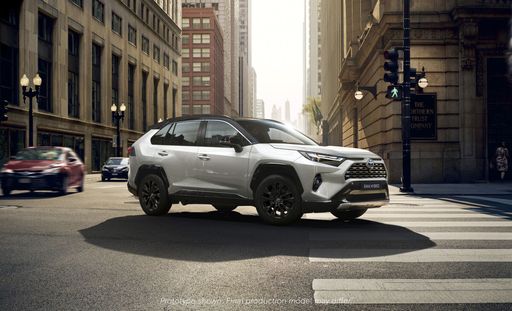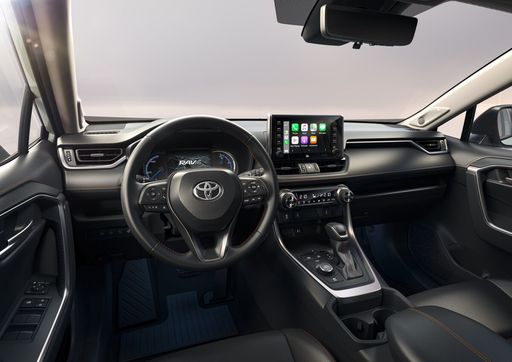BYD Seal U vs Toyota RAV4: A Comprehensive Comparison of Two Innovative SUVs
In the landscape of modern SUVs, the BYD Seal U and the Toyota RAV4 emerge as compelling contenders, each equipped with unique features and cutting-edge technology. With an increasing focus on sustainability and efficiency, both vehicles appeal to eco-conscious drivers while delivering performance and comfort. Let's dive into a detailed comparison, focusing on technical aspects, innovations, and overall driving experience.


